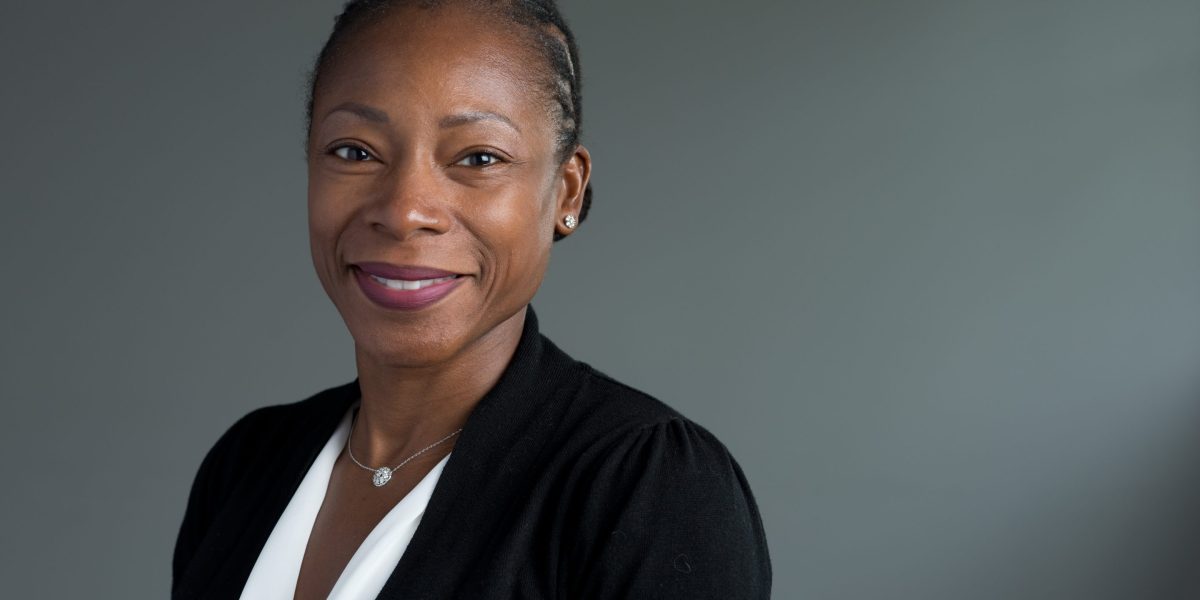It’s a salient time for the AARP, the non-profit that has been advocating for the over 110 million American adults aged 50 and over, and championing policies and resources to improve their lives since 1958.
The reality of a rapidly growing population of older adults (10,000 Americans turn 65 each day), has laid bare the lack of solutions in place to support people physically, mentally, and financially as they age. Against this backdrop, there’s new uncertainty about how changes to health care policies and safety nets under a Trump presidency will affect the lives of older adults.
To lead the non-profit into these headwinds, the AARP, which has 38 million paying members, announced Tuesday the appointment of Dr. Myechia Minter-Jordan as its CEO.
“This is an important time for the country, and we know that older adults have acutely felt the strain of inflation, cost of living, and healthcare costs over the past several years,” Minter-Jordan tells Fortune. “Our top priority will always be to work with Washington and states around the country to protect Social Security and Medicare, and expand ways to support financial security and well-being so people can age with dignity and on their own terms,” she says.
Minter-Jordan, who has previously held roles as president and CEO of CareQuest Institute for Oral Health and CEO and chief medical officer of The Dimock Center in Massachusetts, replaces Jo Ann Jenkins, who was appointed in 2014.
Also among her top priorities, is what she calls one of the biggest concerns for AARP members: advancing support for the 48 million American caregivers who are “often with great financial and emotional stress and without adequate support.” To do so, she plans to push for policies like the bi-partisan national Credit for Caring Act in addition to tax credits for caregivers.
“We look forward to working with national and state officials to make these happen,” she says.
When it comes to how Minter-Jordan plans to work with companies, she draws attention to the data and a need to address ageism at work at scale. One-fifth of workers 65 and older were employed in the U.S. last year—and as people live longer, the workforce age gap is only widening.
Older workers are integral for the strength of businesses. Research shows that older workers are more loyal to companies, and that intergenerational teams are more productive and meet or exceed management’s expectations compared to teams that do not have a wide age range. Despite this, older workers don’t feel supported in workplaces and many struggle to find jobs.
“[Businesses] must invest in supporting older workers, who in turn, are a valuable asset to their productivity,” Minter-Jordan says.
Those 50 and older are a powerful group politically and economically: they turned out in record numbers to vote in the Nov. 5 elections, and also spent a combined $8.3 trillion in 2018—a number expected to jump to nearly $27 trillion by 2050.

